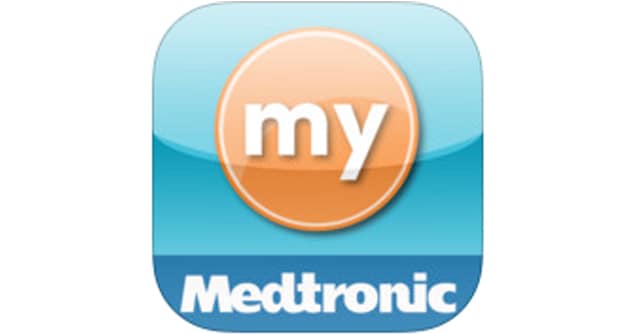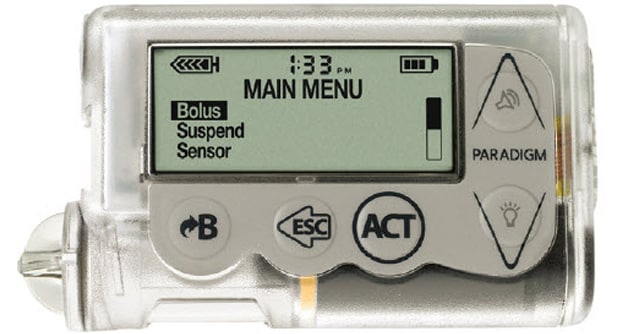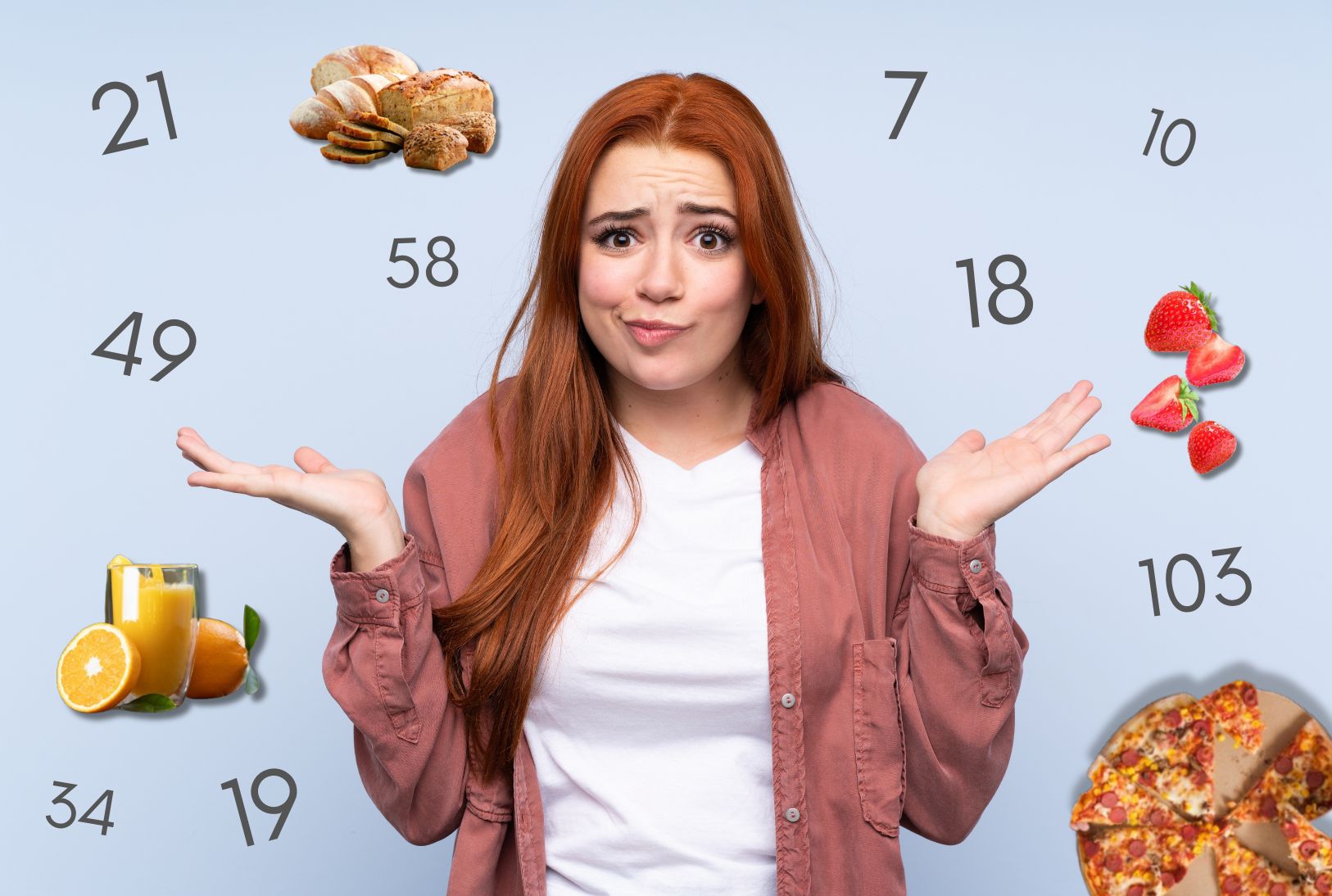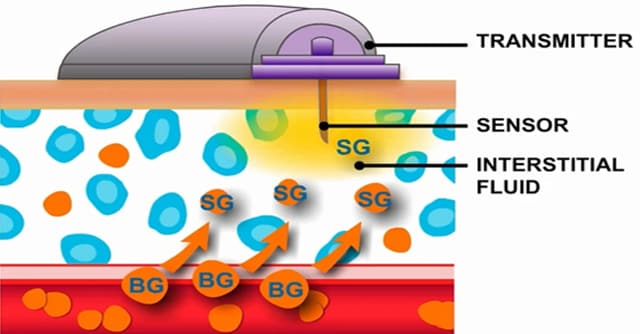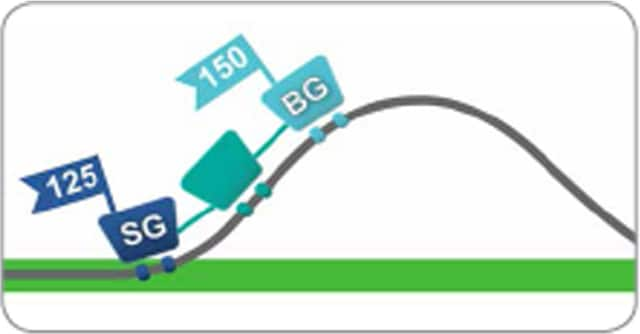Ever wonder what happens during those first few hours of your new sensor wear? What’s happening to the sensor, and why do you have to wait two hours before you start getting sensor readings?
Living with type 1 diabetes for over 38 years, and wearing an insulin pump since the days of the “big blue brick", MiniMed Ambassador, Cindy Tenney, has a lot of experience when it comes to diabetes technology and everyday life.
You may have already used the free myMedtronic app if you have an iPhone, iPod Touch, or iPad, and today, it is finally available for Android devices!
The upcoming school year is approaching and it’s time to start preparing your children for a successful year. If one (or more) of them live with diabetes, you have a little more planning than most to think about.
A lot of our customers give credit to the Bolus Wizard being one of their favorite features of their insulin pump because it takes out a lot of the guess work involved in day-to-day boluses.
When it comes to using continuous glucose monitors (CGM), there are a few pieces of information you learned during training that can impact your experience using the MiniMedTM 530G with EnliteTM.
Counting carbohydrates (carbs) is important to do at meal and snack times to calculate the amount of insulin you'll need. Carbs are the one thing that can really affect your blood sugar and throw us into a tailspin, whether you have too many or not enough to match your insulin dose.
Many of you have been wondering why the glucose number on your pump or CGM receiver doesn't always match the number on your meter. To help give you a better understanding, this video explains why the two values will rarely match and are expected to be different.
Certified Diabetes Educator pumper for 25 years, and person with type 1 diabetes for over 42 years, Dawna Sanchez, has trained many patients (including me!) on insulin pump therapy, and there have been some common themes that surface when she starts training.
Many of you have been wondering what the difference is between sensor glucose and blood glucose values. To help give you a better understanding, this video demonstrates and explains why the two values will rarely match and are expected to be different. Have questions after watching the video?


